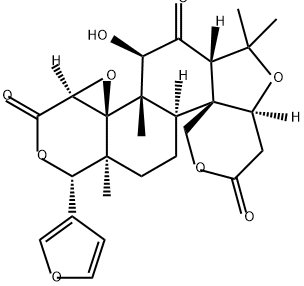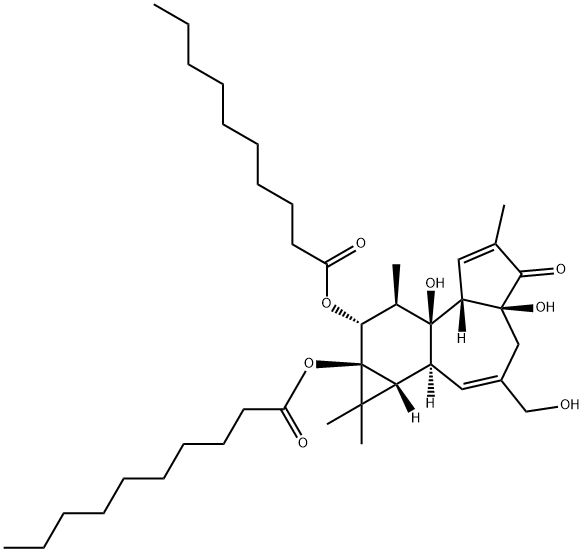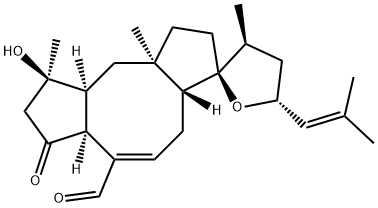PRODUCT Properties
| Boiling point: | 60 °C (0.4 mmHg) |
| Density | 0.87 |
| refractive index | 1.4364-1.4384 |
| Flash point: | 98 °C |
| solubility | Almost insoluble in water, soluble in alcohol and oils, fairly soluble in Propylene glycol. |
| form | slightly oily liquid |
| color | A colourless liquid. |
| Odor | at 100.00 %. fresh melon floral lily sweet |
| Odor Type | floral |
| LogP | 2.365 (est) |
| EPA Substance Registry System | Octanal, 7-methoxy-3,7-dimethyl- (3613-30-7) |
Description and Uses
It is used in many types of floral fragrances, in floral bases, particularly recommended for Ylang-Ylang bases. It blends very well with the “rose” alcohols, with the Cinnamic derivatives and with the Eugenols, Benzylacetate and other common ingredients. It needs more fixation than Hydroxycitronellal which in itself is a fixative, but it also offers fresh-green, almost vegetable-green notes, not found in Hydroxycitronellal, and not found so pleasantly effective in Cyclamen aldehyde. Its softness makes it easy to use, hard to overdose.
Safety
| Symbol(GHS) |  GHS07 |
| Signal word | Warning |
| Hazard statements | H315-H319-H335 |
| Precautionary statements | P261-P305+P351+P338 |
| Hazard Codes | Xi |
| Risk Statements | 36/37/38 |
| Safety Statements | 24/25 |
| HS Code | 29124990 |
| Toxicity | Both the acute oral LD50 value in rats and the acute dermal LD50 value in rabbits exceeded 5 g/kg (Moreno, 1975). Quistad, Staiger & Schooley (1974) described methoxycitronellal as non-toxic to mammals, giving the LD50 in rats again as > 5 g/kg |





